Egypt is one of those places that you have to see at least once in your life. It has so much to offer, from ancient monuments, such as the Great Pyramids of Giza, the Sphinx, and the temples of Luxor and Abu Simbel, to vibrant cities and markets; from the fertile Nile valley and delta, to the arid Sahara desert and the scenic Red Sea coast.
Whether you’re a history buff or a nature lover, this ancient civilization resembles a distant dream, calling you to unravel its mysteries. And now that spring is approaching, it’s just the right time to plan an unforgettable trip to Egypt.
What is the best time to visit Egypt
The best time to visit Egypt is from October to April, with December and January being particularly popular months. If you want to avoid the crowds a bit while getting the best tourist experience, March through April would be the perfect choice. The weather is quite pleasant during this time, and you can indulge in Red Sea sunbathing or water activities such as snorkeling and swimming.
If you don’t tolerate the heat, try to avoid the summer months of May through September, when temperatures soar above 40°C and humidity is high.
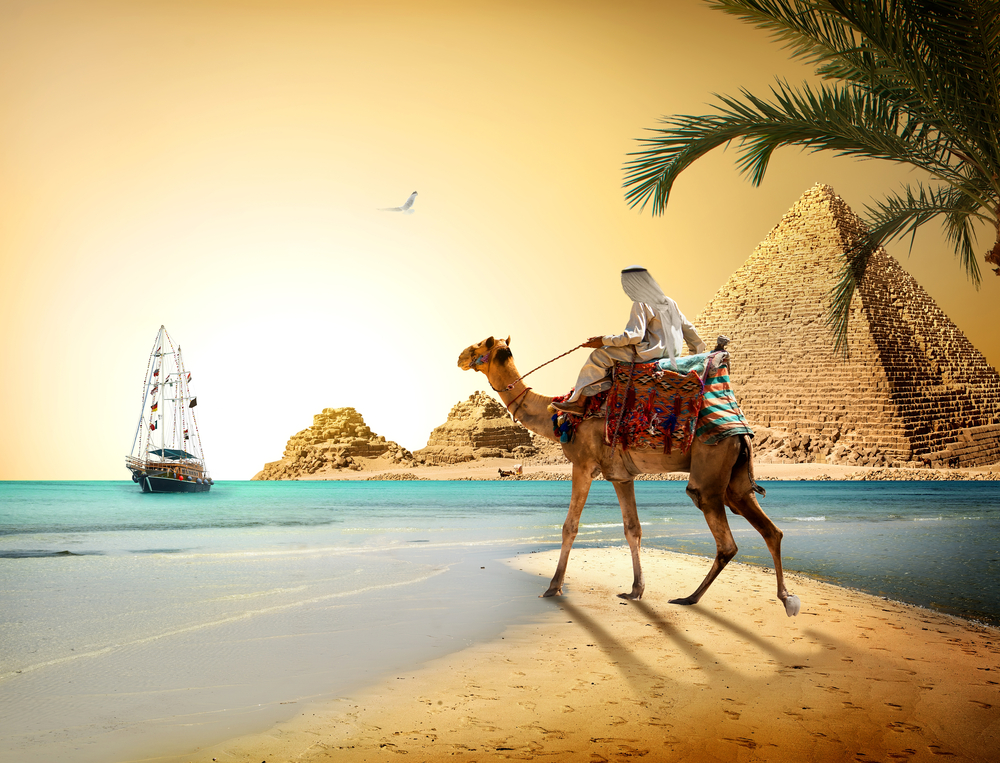
Is it safe to travel to Egypt right now
Egypt is a beautiful and fascinating country that attracts millions of tourists every year, who want to see its ancient monuments, diverse culture, and stunning natural scenery.
However, Egypt has also faced a number of challenges and risks in recent years, such as political instability, terrorism, crime, scams, and civil unrest, which could make some travelers wary.
The level of safety and security in Egypt varies by region, city and activity. Some areas are considered safer than others, such as major tourist destinations like Cairo, Alexandria, Luxor, Aswan and Red Sea resorts. Meanwhile, it is strongly recommended to avoid visiting certain areas, such as:
- North Sinai Governorate
- South Sinai Governorate(except for the coastal resort town Sharm El Sheikh)
- Libyan and Sudanese Border Areas
- Some deserts and oases (Western Desert, White/Black Desert, Siwa Oasis)
Overall, Egypt is a safe country to visit, especially if you remain vigilant and observe local cultural practices. As with visiting any other countries, you should be prepared for unforeseen circumstances and emergencies and follow the advice and instructions of the authorities.
Some travel experts also advise you to choose a reliable travel agent and join a well-arranged guided tour. This not only ensures the safety of your trip (especially if you’re traveling alone), but also avoids the hassle of making detailed plans.
Egypt attractions & tour packages
We have selected 4 private tours for you to see the best of Egypt in a hassle-free way. Some of them even include domestic flights. Check them out now:
6-Day Egypt Pyramids & Luxor Tour W/ Airport Transfer from Cairo
- Visit the Giza Pyramids and the Sphinx
- Explore the Egyptian Museum
- Discover Coptic Cairo and Khan Al Khalili in Islamic Cairo
- Head south to Luxor
- See Hatshepsut Temple, the Valley of the Kings, Karnak Temples and Luxor Temple
- 24-Hour Complementary Airport Transfers
8-Day Egypt Pyramids & Alexandria Tour from Dubai to Cairo
- Travel to Dubai and Cairo and Alexandria
- Visit the great Giza Pyramids and Sakkara and Memphis
- 24-Hour Complementary Airport Transfers
- Deluxe New model Air-conditioned coach
8-Day Egypt Tour (Pyramids & Nile cruise) W/ Domestic Flights
- Experience the most amazing sights of Egypt with a Nile Cruise Holiday
- Visit to the Giza Pyramids and the Egyptian Museum
- See impressive ruins and beautiful scenery between Luxor and Aswan
- Enjoy a luxurious 5-day cruise along the Nile River
- 24-Hour Complementary Airport Transfers
10-Day Egypt (Pyramids & Nile cruise) and Jordan Petra Tour
- Visit the Great Pyramids of Giza
- Sail between Luxor and Aswan
- Enjoy swimming in Dead sea
- Visit Jerash and the ancient Red Rose City of Petra
- Visit amazing Roman monuments in Jordan
- 24-Hour Complementary Airport Transfers
- Giza Pyramids and the Sphinx
No trip to Egypt is complete without seeing the majestic pyramids and the mysterious Sphinx, the symbols of the country’s ancient civilization. These monuments are located in Giza, a suburb of Cairo, and are easily accessible by taxi, bus, or metro. You can also book a guided tour that will take you to the pyramids, the Sphinx, and the nearby Solar Boat Museum, where you can see the reconstructed boat that was buried with the pharaoh Khufu.
The best time to visit the pyramids and the Sphinx is early in the morning or late in the afternoon, when the crowds are smaller and the sun is less harsh. You can also enjoy a spectacular sound and light show at night, which narrates the history and legends of these structures.
If you are feeling adventurous, you can ride a camel or a horse around the pyramids, or enter the Great Pyramid of Khufu, the only one that is open to the public. However, be prepared to pay extra fees and deal with touts and vendors who may try to sell you souvenirs or services.

- Egyptian Museum
The Egyptian Museum in Cairo is a treasure trove of artifacts and relics from the ancient Egyptian civilization, spanning from the prehistoric era to the Roman period. The museum houses over 120,000 items, including mummies, statues, jewelry, tools, and papyri. The most famous and impressive collection is that of the boy king Tutankhamun, whose golden mask, throne, chariot, and other objects are displayed in a special hall.
The museum is huge and can be overwhelming, so it is advisable to plan your visit ahead and focus on the sections that interest you the most. You can also hire a guide or an audio guide to help you navigate the museum and learn more about the exhibits.

- Hatshepsut Temple
Hatshepsut Temple is one of the most beautiful and unique temples in Egypt, located on the west bank of the Nile near Luxor. It was built by the female pharaoh Hatshepsut, who ruled Egypt for 22 years in the 15th century BC. The temple is designed in a terraced style, with three levels of colonnaded porticoes and a sanctuary at the top. The temple is decorated with reliefs and statues depicting the life and achievements of Hatshepsut, as well as scenes from her expedition to the land of Punt, a mysterious and exotic region in Africa.
The temple is best visited in the morning, when the sun illuminates the facade and the colors of the stone. You can also enjoy a panoramic view of the Nile valley and the surrounding mountains from the temple.

- The Valley of the Kings
The Valley of the Kings is the burial site of the pharaohs and nobles of the New Kingdom, from the 16th to the 11th century BC. The valley contains over 60 tombs, some of which are open to the public. The tombs are carved into the rock and decorated with colorful paintings and hieroglyphs depicting the journey of the deceased to the afterlife.
The most famous tomb is that of Tutankhamun, which was discovered intact in 1922 by the British archaeologist Howard Carter. The tomb contains the mummy and the treasures of the young king, which are now displayed in the Egyptian Museum in Cairo.
The Valley of the Kings is a fascinating and awe-inspiring place to visit, but it is also very hot and crowded, especially during the peak season. You should wear comfortable clothes and shoes, bring water and sunscreen, and avoid flash photography, which is prohibited inside the tombs. You will need to buy a ticket that allows you to enter three tombs of your choice, and an extra ticket if you want to visit the tomb of Tutankhamun.

- Karnak Temples
Karnak Temples are a complex of temples, chapels, and obelisks dedicated to the ancient Egyptian gods, especially Amun, the king of the gods. The complex is located on the east bank of the Nile in Luxor, and is the largest religious site in the world, covering an area of 200 acres. The complex was built and expanded over a period of 1,500 years, from the Middle Kingdom to the Ptolemaic era. The most impressive and famous part of the complex is the Great Hypostyle Hall, which consists of 134 massive columns arranged in 16 rows, creating a forest-like effect.
The Karnak Temples are a must-see for anyone interested in the ancient Egyptian culture and religion. You can spend hours exploring the different temples and marveling at the architecture and artistry of the ancient builders. You can also watch a sound and light show at night, which tells the story and history of the complex.
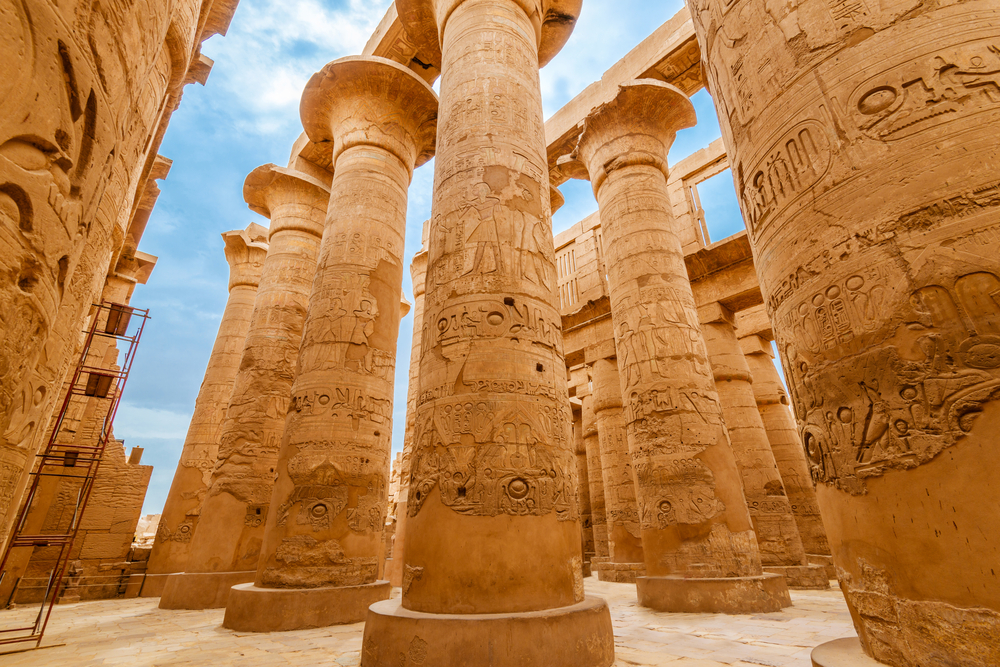
- Abu Simbel Temples
Abu Simbel Temples are two magnificent rock-cut temples in southern Egypt, near the border with Sudan. They were built by the pharaoh Ramses II in the 13th century BCE, to commemorate his victory over the Hittites at the Battle of Kadesh and to honor himself and his wife Nefertari.
The temples are famous for their colossal statues of Ramses and Nefertari, as well as their elaborate carvings and paintings. The temples were relocated in the 1960s to save them from the rising waters of Lake Nasser, created by the Aswan High Dam. You can visit the temples by bus, plane, or boat from Aswan, and enjoy a stunning view of the sunrise or sunset over the lake. The temples are also the site of a biannual sun festival, when the sun rays illuminate the inner sanctuaries of the temples.
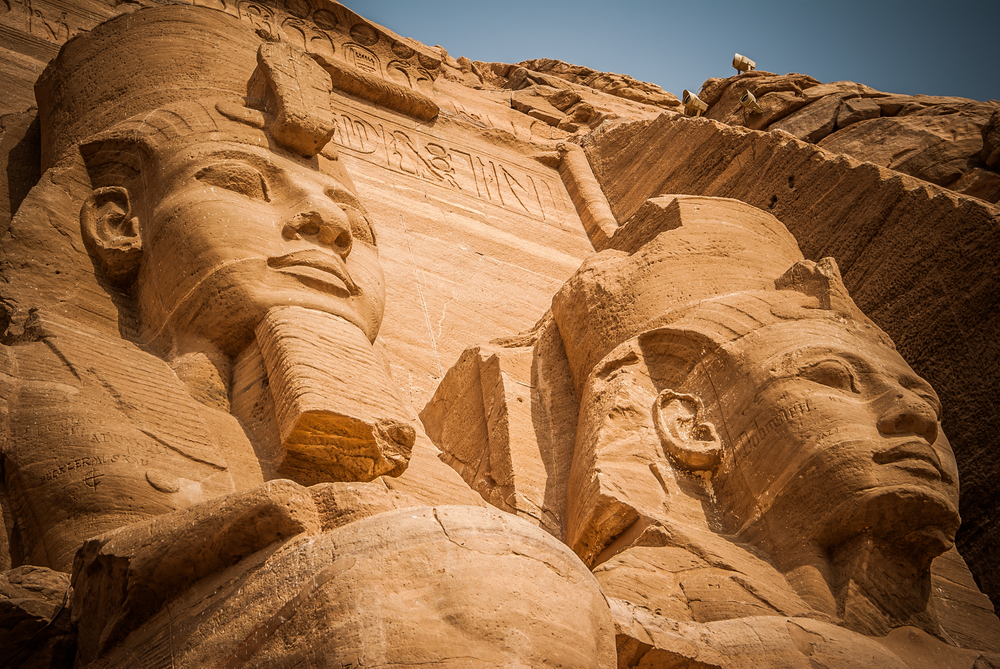
- Nile River
The Nile River is the lifeblood of Egypt, and the best way to experience its beauty and history is to take a cruise along its banks. You can choose from different types of cruises, ranging from luxury ships to traditional feluccas, and from short trips to long journeys. You can also customize your itinerary and stops, depending on your interests and budget.
A typical Nile cruise will take you from Luxor to Aswan, or vice versa, and will include visits to the main attractions along the way, such as the Karnak Temples, the Valley of the Kings, the Hatshepsut Temple, the Philae Temple, and the Abu Simbel Temples. You will also enjoy the scenery and the wildlife of the Nile, such as the palm trees, the fields, the villages, the birds, and the crocodiles.
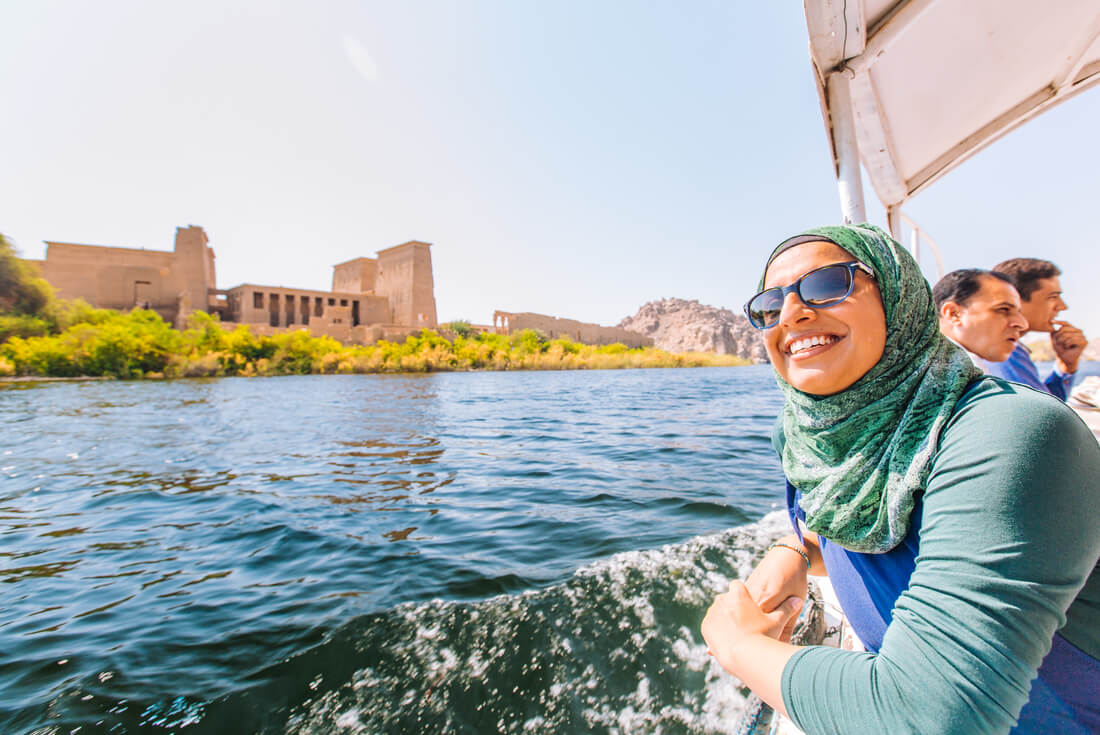
- Luxor and Aswan
Luxor and Aswan are two cities on the Nile that offer a wealth of attractions and activities for travelers.
Luxor is often called the world’s largest open-air museum, as it contains many ancient monuments and temples, such as the Luxor Temple, the Karnak Temples, the Valley of the Kings, the Valley of the Queens, and the Colossi of Memnon. Luxor is also a lively and modern city, with a variety of shops, restaurants, cafes, and markets. You can enjoy a walk along the Nile corniche, a ride in a horse-drawn carriage, or a hot air balloon flight over the city.
Aswan is a smaller and quieter city, but equally charming and scenic. Aswan is known for its Nubian culture and heritage, which can be seen in the colorful houses, the traditional music and dance, and the handicrafts. Aswan is also the gateway to some of the most impressive and important sites in Egypt, such as the Philae Temple, the Unfinished Obelisk, the High Dam, and the Abu Simbel Temples. You can also enjoy a relaxing cruise on the Nile, a visit to the botanical garden on Kitchener’s Island, or a camel ride to the desert monastery of St. Simeon.
How to get Egypt visitor visa
A visitor visa is a type of visa that allows you to enter Egypt for tourism purposes. Depending on your nationality and the duration of your stay, you may need to apply for a visitor visa before your trip or obtain one on arrival at the airport.
The visitor visa is valid for a single entry and a maximum stay of 30 days. You can renew it for another 30 days at the local immigration office in Egypt.
The visitor visa costs 25 USD and can be paid in cash or by credit card. You will also need a passport with at least six months of validity and a blank page for the visa stamp.
You can apply for a visitor visa online through the Egypt e-Visa Portal, which is the most convenient and fastest option. You will need to fill in an application form, upload a photo, and pay the fee. You will receive an email confirmation and a visa approval letter, which you will need to print and present at the airport. You should apply for the e-Visa at least 7 days before your departure.
*Nationals of the countries below may be issued with an e-Visa upon application on the e-Visa Portal.
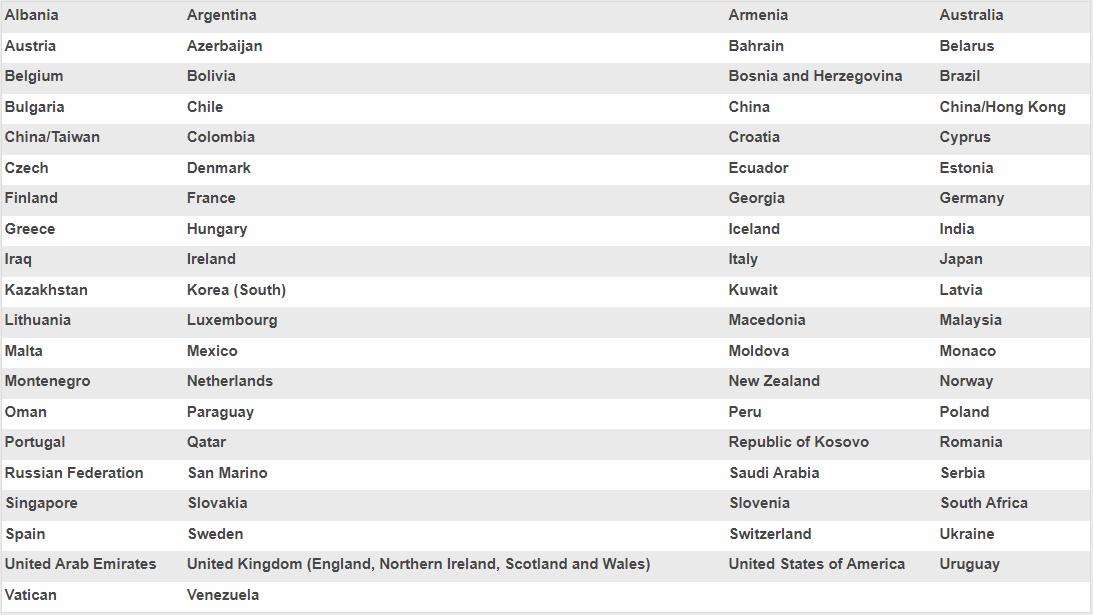
You can also obtain a visitor visa on arrival at the airport, but this may take longer and involve more hassle. You will need to fill in a form, provide a photo, and pay the fee at the visa counter. You may also need to show proof of your travel itinerary, hotel reservation, and sufficient funds. You should also have some US dollars or Egyptian pounds with you, as other currencies may not be accepted or exchanged at a higher rate.
Some nationalities are exempt from the visitor visa requirement, while some nationalities are not eligible for the e-Visa or the visa on arrival. You can find the contact details and the requirements of the Egyptian diplomatic missions on the Egyptian Ministry of Foreign Affairs website.
What to do and not to do in Egypt?
Egypt is a fascinating country with a rich history and culture. However, it also has some customs and etiquette that visitors should be aware of and respect. Here are some of the most important do’s and don’ts to follow when visiting Egypt:
Do’s:
- Respect the local culture and traditions, including dressing modestly, especially when visiting religious sites.
- Bargain respectfully when shopping at local markets (souks) to get the best prices.
- Drink plenty of bottled water to stay hydrated, especially in the hot desert climate.
- Explore the rich history and archaeological wonders Egypt has to offer, such as the Pyramids of Giza, Luxor, and Karnak Temples.
- Try authentic Egyptian cuisine, including koshari, falafel, and delicious desserts like baklava and kunafa.
- Learn a few basic Arabic phrases to communicate with locals and show respect for their language.
- Respect photography rules, especially around sensitive areas like military installations and government buildings.
Don’ts:
- Don’t drink tap water; stick to bottled water to avoid getting sick from contaminants.
- Don’t forget to tip service workers, such as hotel staff, tour guides, and restaurant servers, as it’s customary in Egypt.
- Don’t engage in disrespectful behavior towards religious sites or customs, such as taking inappropriate photos or acting disruptively.
- Don’t display overt affection in public, as public displays of affection are not common or widely accepted in Egyptian culture.
- Don’t rely solely on public transportation; consider hiring a reputable guide or using trusted transportation services for safety and convenience.
- Don’t forget to carry cash in smaller denominations for tipping, purchasing items at markets, and paying for small expenses where credit cards may not be accepted.
- Don’t travel without comprehensive travel insurance to cover unexpected medical expenses or emergencies.
By following these do’s and don’ts, you can have a memorable and respectful experience while exploring the wonders of Egypt.
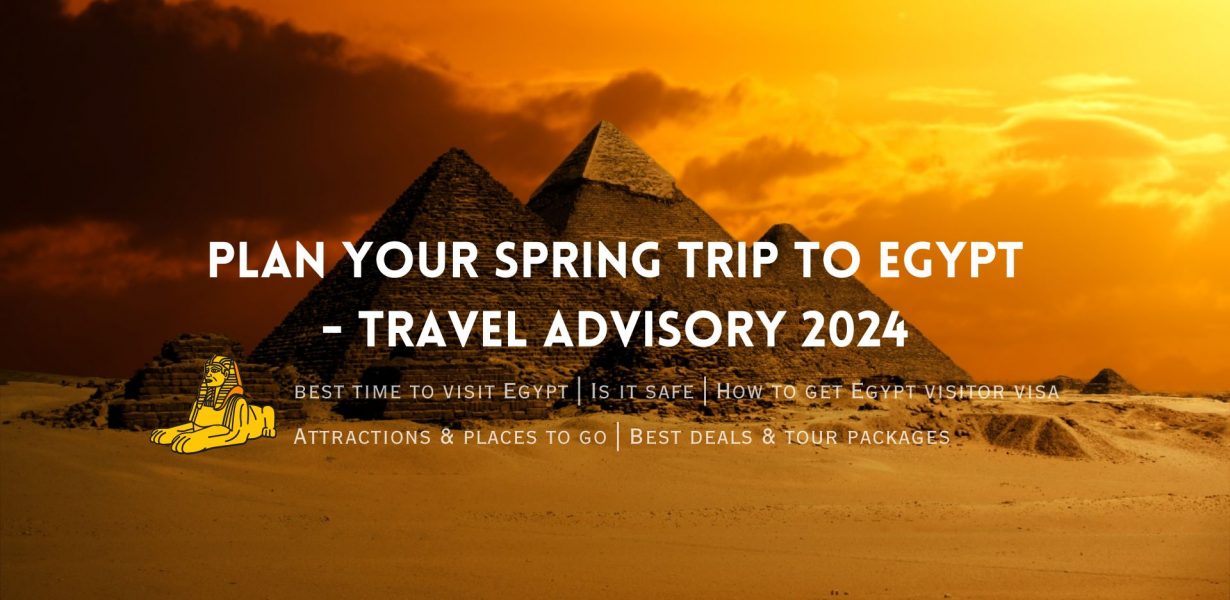




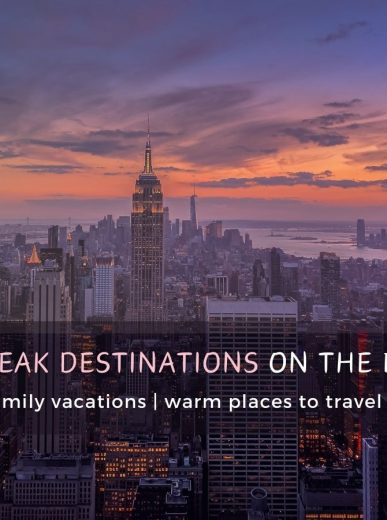




There are no comments.